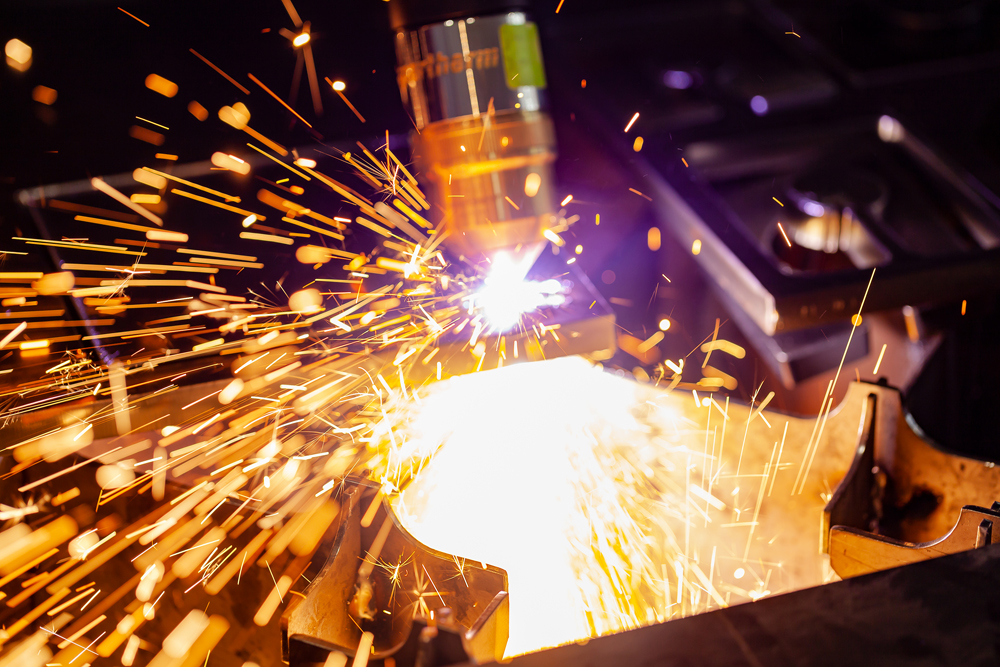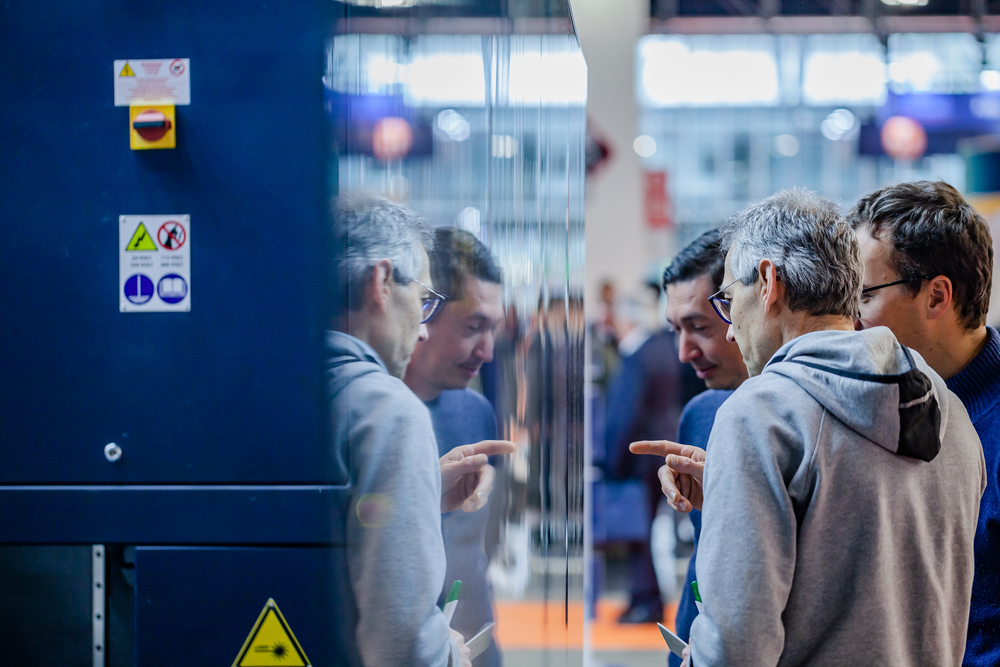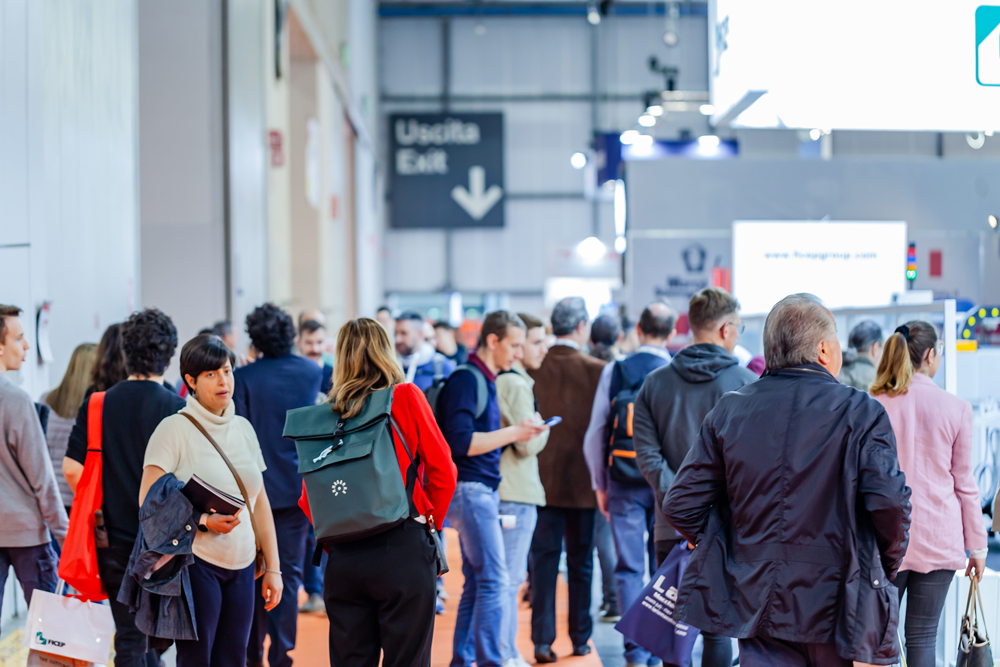Mapal Brazil has named its new managing director as Denilson Misiti, who took over responsibility for the Brazilian subsidiary of the Aalen, Germany-based cutting tool manufacturer earlier this month. He succeeds Conrado Couto Diniz, who had continued to manage Mapal Brazil in tandem with Mapal Italia after his move to Europe at the beginning of 2025. Misiti has over 30 years of experience in the precision tool industry and in managing international companies in Brazil. Most recently, he was general manager of Mapal HiTeco TMS do Brazil, where he focused on tool management services.
More information www.mapal.com



















